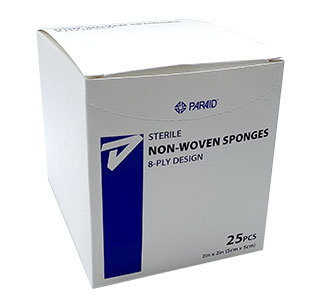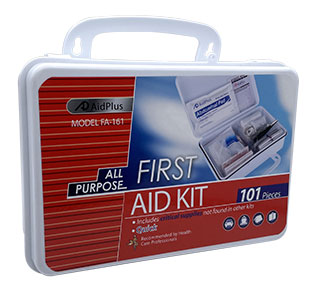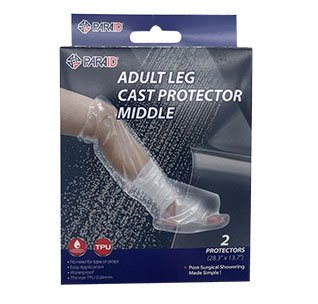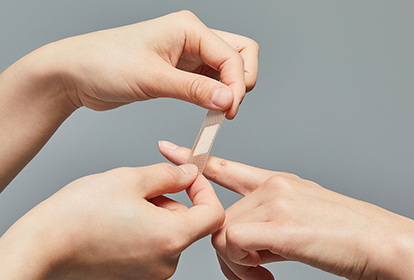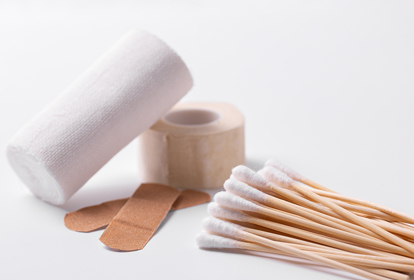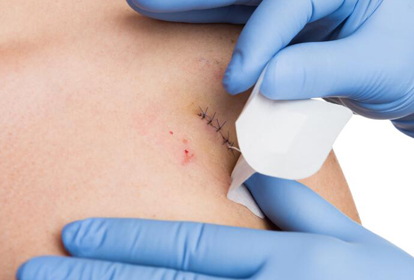First aid kits are critical in emergencies because they provide rapid and basic medical care, which can have a substantial impact on the outcome of an injury or sickness. The process of frequently examining, restocking, and upgrading the contents of a first aid kit to ensure that it stays well-stocked and ready to treat medical situations is known as refilling. This approach is critical for keeping the first aid kit effective over time.
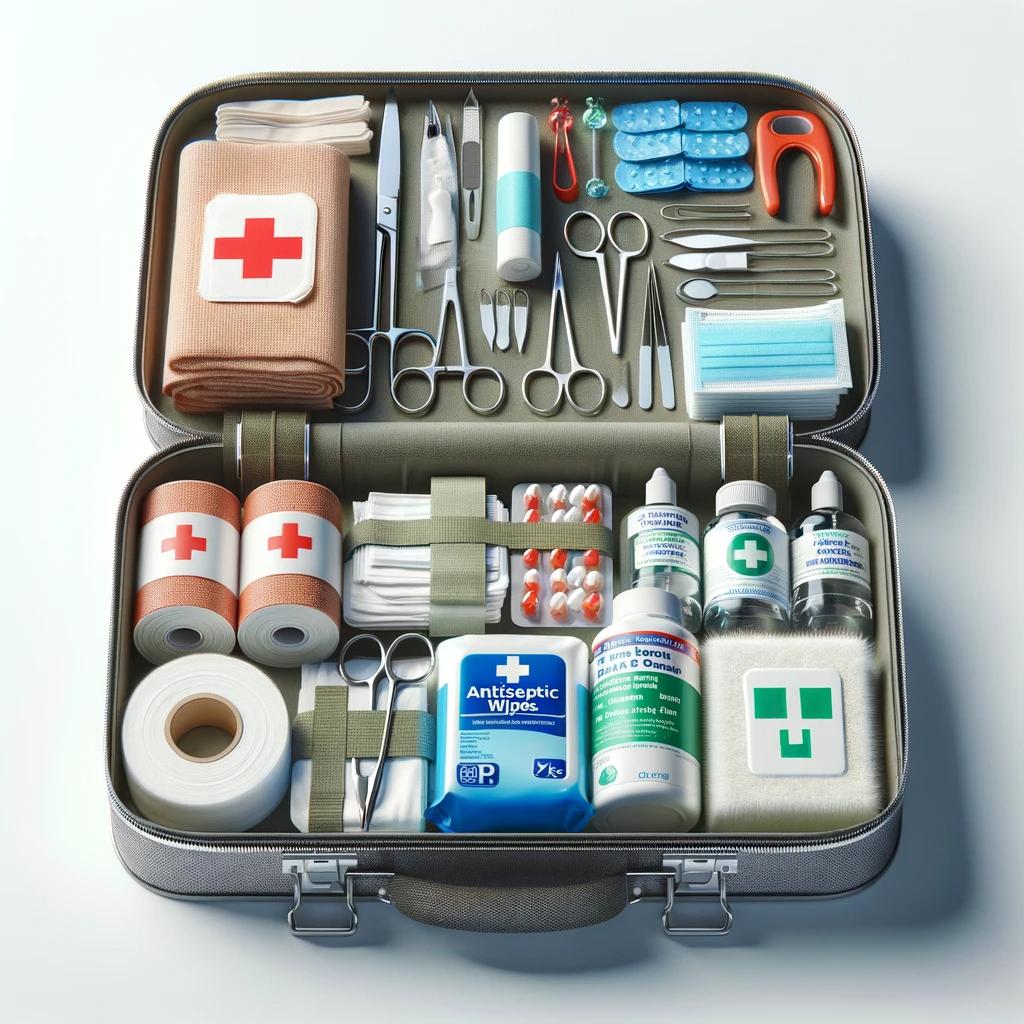
The Cost-Effectiveness of Refilling First Aid Kits
Refilling first aid kits can offer significant cost-effectiveness compared to buying entirely new kits. While the initial impression might be that purchasing a new kit is more convenient, considering the long-term financial benefits of refilling is essential.
Customization: Tailoring to Your Needs
The Importance of Specific Items in Different Situations:
First aid requirements might vary greatly based on the location and activities. Insect repellent, blister therapy, and specialist bandages for harsh environments are required for outdoor scenarios such as trekking or camping. The kit should address the unique problems that outdoor excursions provide, ensuring that users are prepared to deal with injuries or illnesses that are specific to these locations.
Similarly, when creating a first aid kit for children, it is critical to consider their specific needs. Including child-friendly medications, colorful bandages, and items suitable for addressing common childhood injuries ensures that the kit is not only effective but also comforting for children. Recognizing the potential scenarios that may arise in various settings aids in selecting and including the most relevant supplies.
Personalize Based on Individual or Family Health Needs:
Beyond general first aid materials, customization entails adapting the kit to individual health needs within a family. Individual health problems, allergies, and prescribed drugs must all be considered. Included drugs, allergy-specific treatments, or products connected to chronic ailments guarantee that the first aid kit is tailored to each family member's specific health needs.
The customizing process should be guided by the family health profile, which should include supplies and drugs that are frequently used or may be critical in emergency scenarios. Personalization improves the overall effectiveness of the first aid kit, whether it's providing asthma inhalers for a family member with respiratory concerns or specific wound care materials for someone prone to injuries.
Environmental Sustainability of Refilling
Refilling first aid kits promotes environmental sustainability by dramatically reducing plastic waste and encouraging component reuse and recycling. One important element is the significant reduction in plastic waste generated when compared to acquiring new kits. Refilling enables for the reuse of long-lasting containers, reducing the need for extra plastic packaging, which would otherwise contribute to pollution.
Individuals and organizations contribute to a circular economy by refilling old containers, extending the lifespan of materials and reducing the demand for new plastic manufacture. This not only saves resources but also reduces the environmental impact of plastic extraction, manufacture, and disposal.
How and When to Refill Your First Aid Kit?
Guide on Different Methods for Refilling:
Individual Item Replacement:
Replace specific items on an as-needed basis. This method involves identifying and replenishing supplies that have been used or are approaching their expiration dates. It's a targeted approach, allowing for cost-effective and efficient refilling.
Bulk Refilling:
Refill your first aid kit in bulk by purchasing commonly used items in larger quantities. This method is practical for supplies like bandages, gauze, or adhesive strips. Buying in bulk may also provide cost savings over time.
Pre-Packaged Refill Kits:
Some suppliers offer pre-packaged refill kits designed to replenish frequently used items in a first aid kit. These kits are convenient and can streamline the refilling process, ensuring that you have the essential supplies without the need for individual item selection.
Frequency of Refilling and Checking for Expired Items:
Regular Inspections:
Conduct routine visual inspections of your first aid kit. Check for signs of wear on the container and inspect individual items. Regular inspections help identify items that may have been used or damaged and need prompt replacement.
Check for Expiry Dates:
Pay close attention to expiration dates on medications, ointments, and perishable items. Develop a schedule for checking and replacing these items before they expire, ensuring that your first aid supplies remain effective.
Usage Assessment:
Evaluate the frequency of use for different items in your first aid kit. If specific supplies are consistently used, consider replenishing those items to maintain a well-stocked and reliable kit.
Seasonal Adjustments:
Make seasonal adjustments to your first aid kit. Consider the health risks associated with different seasons and activities. For example, include sunblock for summer or cold medications during the winter.
Personal Health Changes:
Refill your first aid kit when there are changes in the health needs of individuals using it. This proactive approach ensures that the kit is tailored to accommodate new medications or treatments required for specific health conditions.
Scheduled Refilling:
Establish a regular schedule for comprehensive refilling. Whether monthly, quarterly, semi-annually, or annually, a consistent schedule ensures that your first aid kit is always maintained and ready for use.
Ensuring Your Kit is Up-to-Date: What to Include
1. Basic First Aid Supplies:
Band-aids in bulk in various sizes
Sterile gauze and dressings
Medical tape bulk for securing dressings
Antiseptic wipes or solution for cleaning wounds
Scissors and tweezers for cutting tape, gauze, or removing splinters
2. Medications:
Pain relievers such as acetaminophen or ibuprofen
Antihistamines for allergic reactions
Aspirin for heart-related emergencies
Any prescribed medications specific to individuals in your household or group
3. Wound Care Items:
Sterile gloves to protect both the caregiver and the injured person
Hydrogen peroxide or iodine for wound cleaning
Antibiotic ointment to prevent infection
Sterile saline solution for irrigating wounds
4. Emergency Tools:
5. Personal Protective Equipment (PPE):
6. Specialized Items:
EpiPen or other prescribed auto-injectors for severe allergic reactions
Inhaler for individuals with respiratory conditions
Any other specialized medications or supplies based on specific health needs
7. Information and Documentation:
List of emergency contacts, including local emergency services
Personal health information for each individual in the household
First aid manual or basic instructions for quick reference
8. Additional Items for Specific Activities:
Sunscreen for outdoor activities
Insect repellent for areas prone to bugs
Motion sickness medication for travel
Burn gel for kitchen or camping emergencies
9. Personal Items:
10. Regular Inspection and Rotation:
Where to Find Reliable First Aid Kit Refills
1. Local Pharmacies:
Most local pharmacies carry a variety of first aid supplies. You can find common items such as bandages, gauze, antiseptic solutions, and over-the-counter medications.
2. Medical Supply Stores:
3. Online Retailers:
Numerous online retailers specialize in medical and first aid supplies. Websites such as Amazon, Walgreens, or CVS often have a wide range of options, allowing you to conveniently order and have refills delivered to your doorstep.
4. First Aid Kit Manufacturers:
5. Local Health Clinics or Hospitals:
6. Red Cross or Health Organizations:
7. Wholesale Clubs:
8. Specialty Outdoor or Camping Stores:
For outdoor-specific first aid supplies, consider speciality stores catering to camping, hiking, or outdoor activities. They may carry items tailored to wilderness first aid needs.
9. Government Health Agencies:
10. First Aid Training Centers:
Recommend Articles:
How to remove paper tape from skin
How to take a bandaid off without hurting
How to put a bandaid on your knuckle
How to open ice bag from hospital
 English
English

